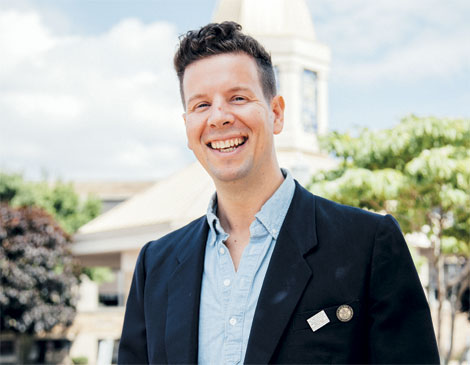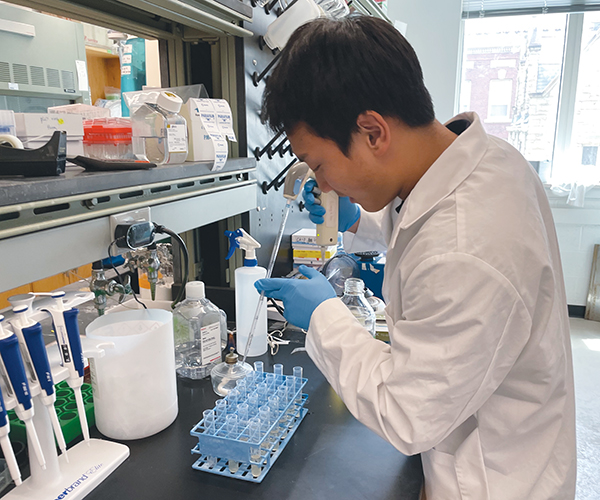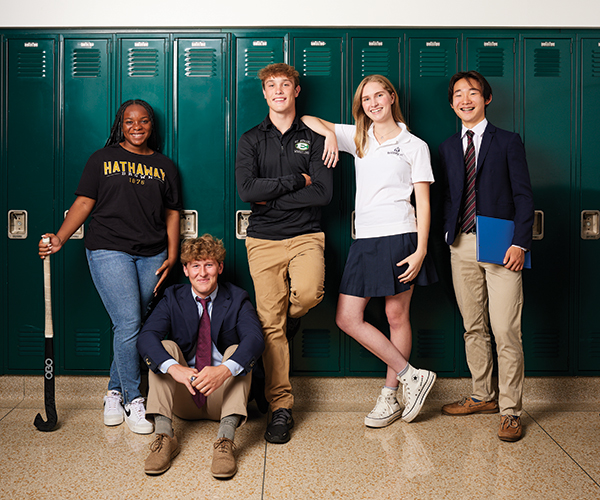For Micah Kraus, art matters most when it has an impact outside the classroom. As chair of the visual and performing arts department at Archbishop Hoban, Kraus leads his students through community-driven art projects like the 45-foot-long, 18-foot-high Art Minson Mural in East Akron. In March, the 39-year-old teamed up with Greg Milo, a former Hoban history teacher, to take 10 students to Prague, Berlin and Krakow, Poland, as part of an interdisciplinary learning experience in which they visited Auschwitz and a segment of the Berlin Wall.
My personal aesthetic really lies in the idea of authenticity.
To be effective as a teacher, I have to be productive as an artist.
If you stay open to the opportunity to do things that are over your head, you’re going to learn a lot.
We want our students to leave Hoban knowing that art is a pillar in an evolved, productive and effective society. It’s not just something that makes things pretty around us.
I’ve been on trips where you fly into Italy, get on a tour bus with 50 people, and you hit all the hot spots. It becomes a big expensive shopping trip for the kids.
Before Greg and I ever planned a trip together, our goal was to upend that model and say, “How do we get kids to experience other humans, to see the differences and similarities and then bring that home and share that with our school community, our city and hopefully their families and beyond?”
Two of our seniors worked on the school newspaper so they volunteered to take writings, photographs and drawings the students had done on the trip and create a digital magazine that pulled all that content together.
Auschwitz was devastating.
we were all all just flattened by it.
What really hit us was when we went into some of the rooms like the sleeping quarters. In one room, they had tens of thousands of shoes in a huge pile. One of the kids said, “Every one of those pairs of shoes is connected to a completely unique human being.” That really took my breath away.
The next room we went into was even more impactful because it was full of human hair. I can’t even begin to describe the vast amount of human hair that was there. The weight of it was 2,000 pounds.
Our goal on the trip was to humanize the students. Like Oskar Schindler says, “It’s impossible to deny a person’s humanity when you meet them face-to-face.” That’s the goal of these trips.
On our second day in Berlin, toward the end of our trip, we were all exhausted. We had a tour guide planned for that morning and nobody showed up.
We handed the street map to one of our senior students and the metro map to another kid, and we said, “We have three big things we highlighted on this map we need to see in distinctly different parts of the city. Get us there.”
The thing I always look forward to and hope for is the moment the kids take charge. The minute the teachers step behind the group is the minute it becomes a successful
experience.




